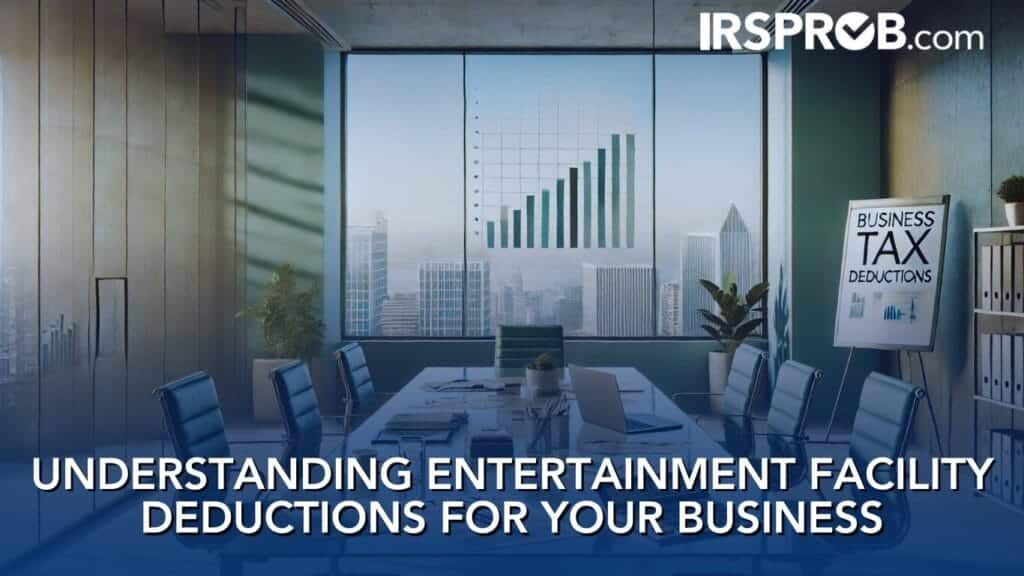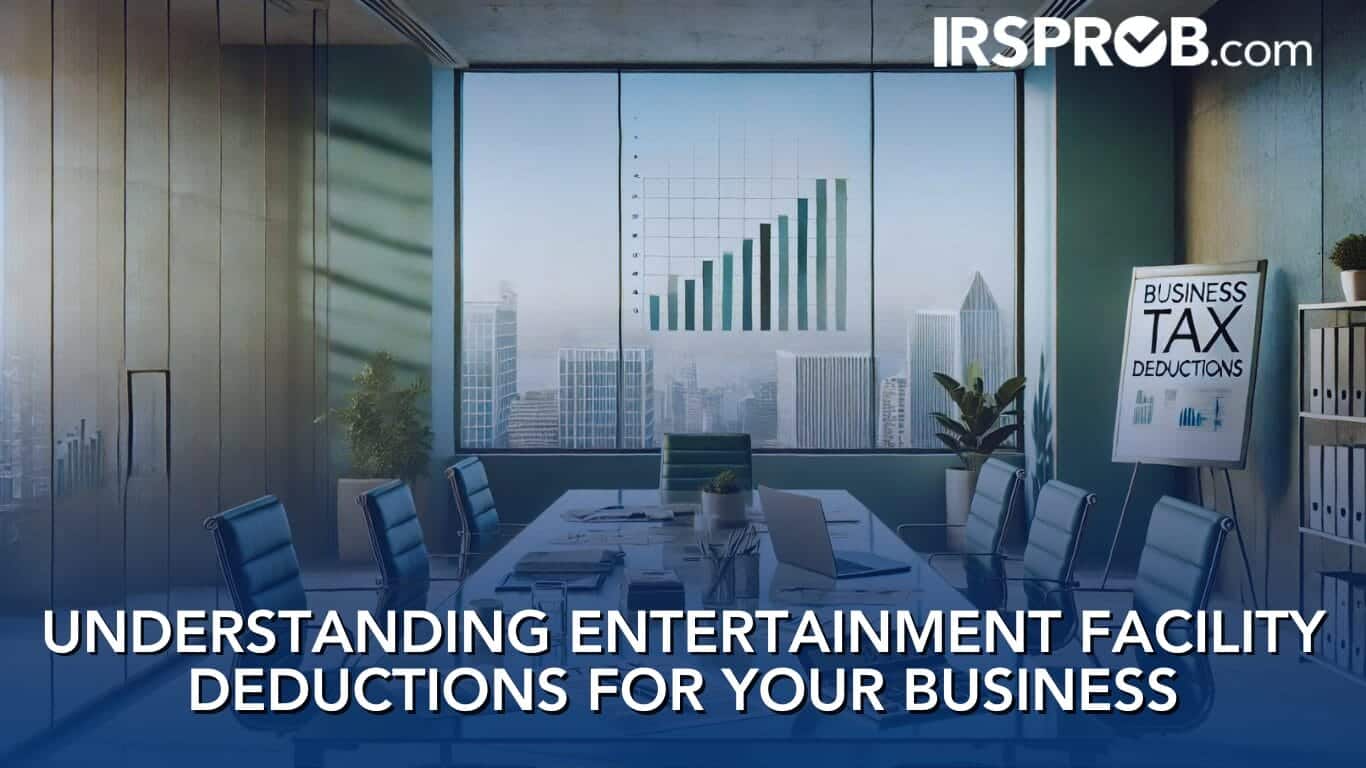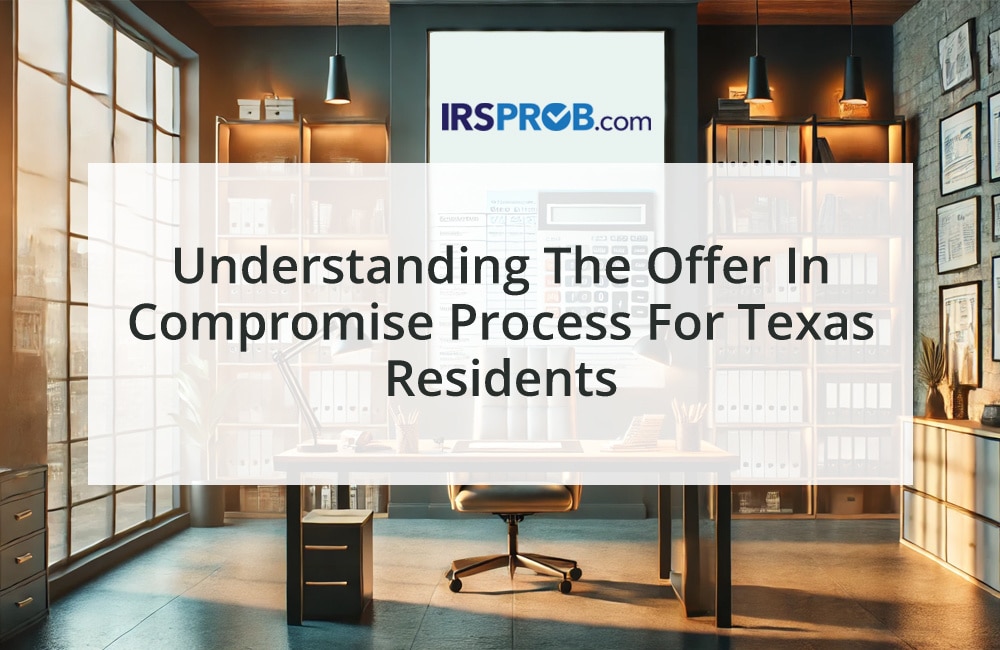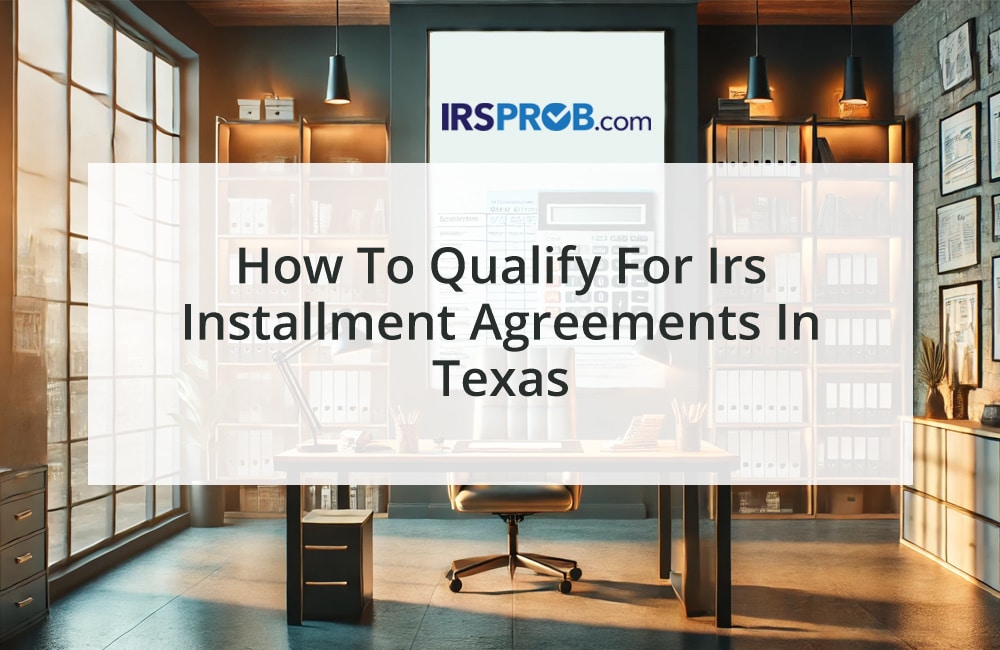
Introduction
As a business owner, understanding tax deductions can significantly impact your bottom line. One area that often raises questions is the deduction of expenses related to entertainment facilities. The recent discussion on whether you can deduct 100% or 81% of your entertainment facility expenses provides valuable insights that can help you maximize your tax efficiency. This article breaks down the key points so you can make informed decisions for your business.
The 51-49 Test
When it comes to entertainment facilities, the IRS allows you to deduct expenses based on the facility’s use by qualifying employees versus non-qualifying individuals. The critical metric here is the 51-49 test. If more than 50% of the facility’s use is by qualifying employees, the facility’s expenses become 100% deductible.
For example, let’s say your facility was used for 160 days throughout the year—130 days by qualified employees and 30 days by others. The calculation is straightforward: 130 days divided by 160 total days equals 81%. Since more than 50% of the facility’s use was by qualifying employees, you can deduct 100% of the related expenses, including mortgage, utilities, property taxes, and depreciation, for the entire year.
The Importance of Cost Segregation
Cost segregation is a tax strategy that allows you to accelerate depreciation on certain parts of your facility, reducing your taxable income more quickly. This strategy is particularly beneficial for businesses that own the facility, as it allows for more significant deductions in the earlier years of the asset’s life.
However, if the facility is rented to the business by a related party, the passive loss rules could limit the benefits of cost segregation. The passive loss rules restrict the ability to offset passive losses against active income, which might reduce the immediate benefits of the strategy.
Conclusion
For business owners, understanding and applying the 51-49 test and considering cost segregation can result in significant tax savings. By ensuring that more than 50% of your entertainment facility’s use is by qualifying employees, you can maximize your deductions and potentially reduce your tax liability.
Incorporating these strategies into your tax planning can be complex, so it’s always a good idea to consult with a tax professional to ensure you’re optimizing your deductions while remaining compliant with IRS regulations.
Additional Information
Beyond the information provided, it’s also essential to stay updated on the latest IRS guidelines and rulings, as these can affect the applicability and benefits of these tax strategies. For example, recent changes in tax law or IRS interpretations could influence whether your deductions will be accepted if audited. Therefore, continuous education and consultation with a knowledgeable tax advisor are crucial for long-term tax efficiency.
By leveraging these strategies effectively, you can make your entertainment facility work harder for you, reducing your tax burden while enjoying the perks of such a facility within your business.
This approach should help you navigate the complexities of entertainment facility deductions and keep your business financially healthy and compliant.









